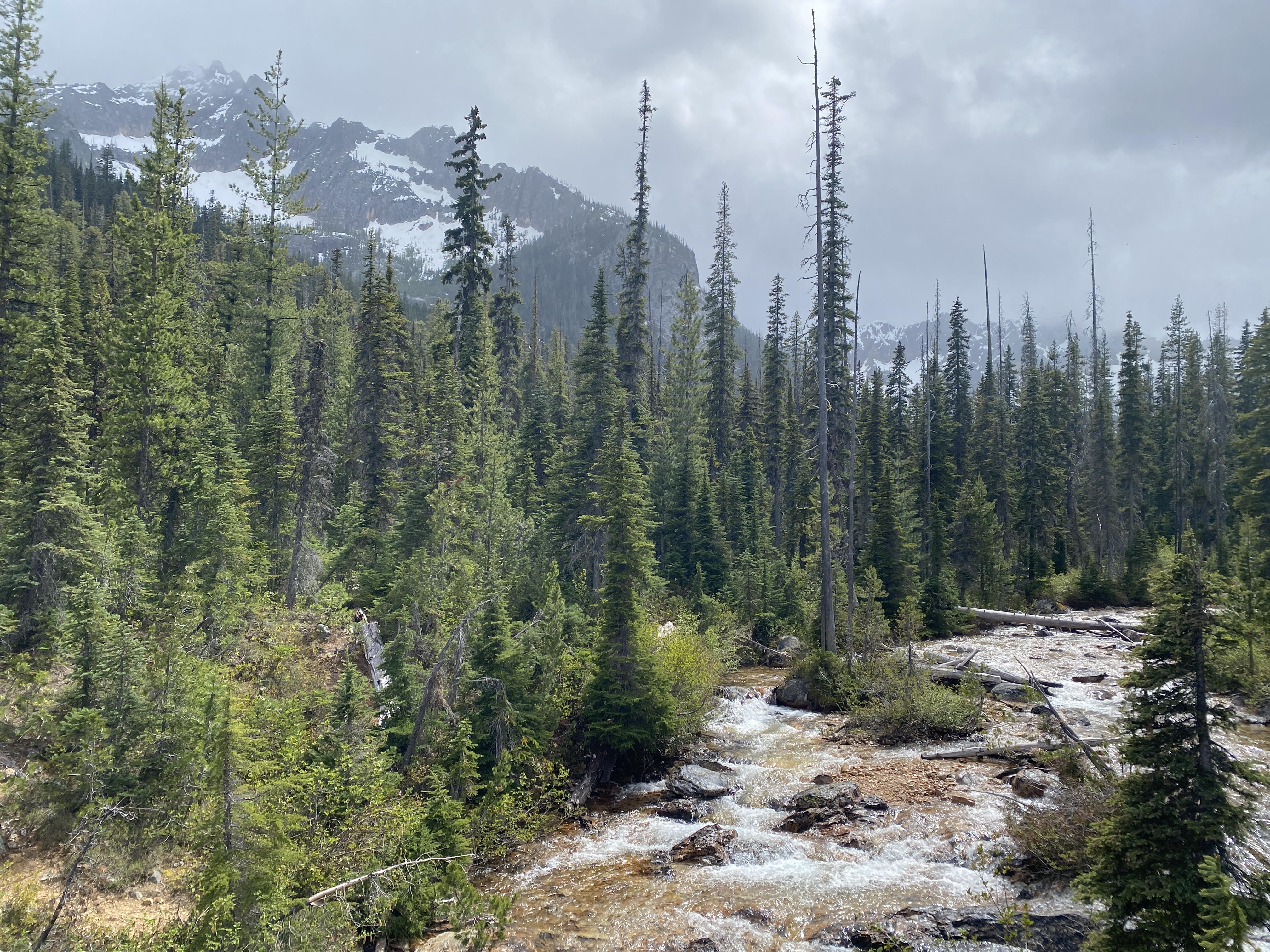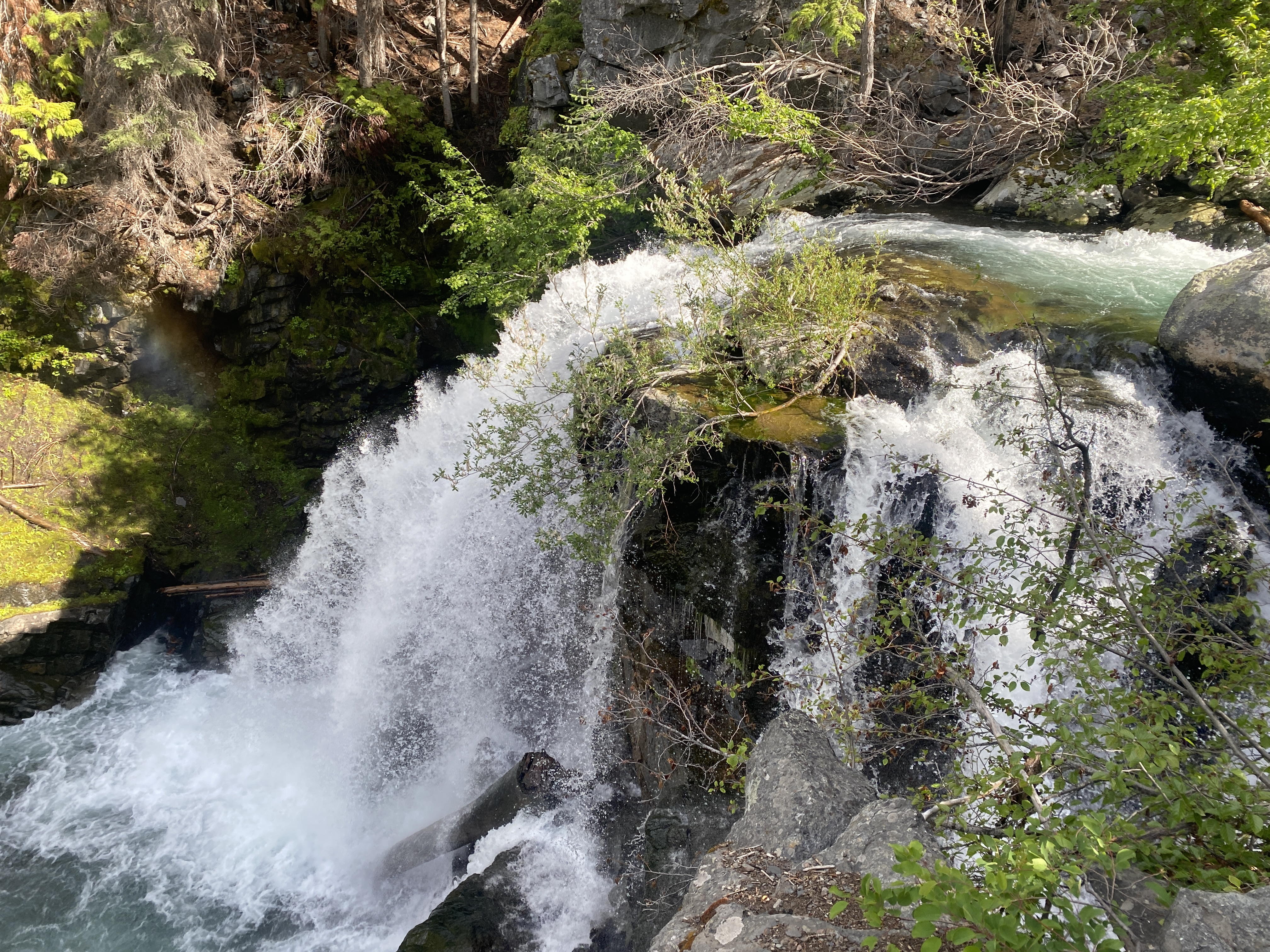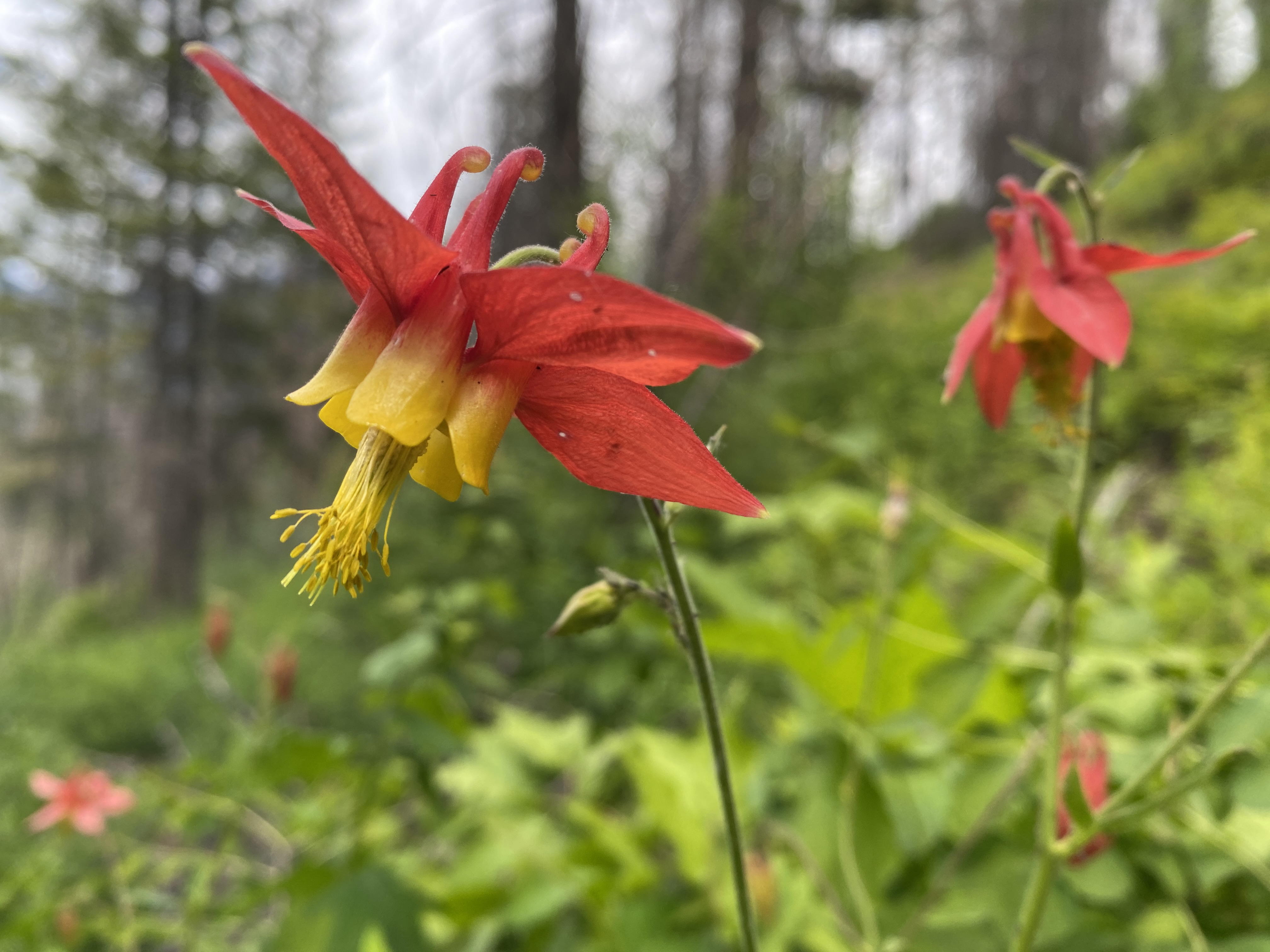exploring the Cascades
We experienced several different seasons during our first couple of days hiking in the Cascade Mountains, ranging from splendid sunshine to hail. The highly variable weather, both year to year and hour to hour, complicates trip planning this early in the summer season. The National Parks Service suggests that June-September is the best time to visit the Cascades, but with weather this temperamental there are no guarantees. The owners of our B&B in Winthrop told us it was balmy in early June last year. This year, it snowed the weekend before we arrived. Pretty much all of the trails we had eyed during our admittedly minimal trip planning were completely snowed in. Luckily, excellent alternatives abounded.

After consulting with various locals and making a stop at the Okanogan-Wenatchee National Forest office, we decided to start our Cascade explorations by hiking to Cutthroat Lake. Staying in Winthrop we were quite a ways from the North Cascades National Park complex — the original goal of our visit. We wound up hiking three National Forest trails during our two-day stay in Winthrop before driving the North Cascades scenic highway west to Marblemount, a speck of a settlement located just outside the national park.

The two-mile trail to Cutthroat Lake is mostly flat and, as it never exceeded 5,000 feet in elevation, was completely below the snow line. It was chilly, however, with temperatures hovering right around 50 degrees during the warmest part of the day and indistinct precipitation falling intermittently throughout our hike. The smell of fresh pine sap, the complete lack of crowds (we only saw a small handful of other hikers), and the absence of man-made noise (within minutes of setting foot on the trail we could no longer hear the sound of passing cars on the highway) made for an excellent start to our explorations in the Cascades. We walked slowly, soaking in the fresh air and listening for birdsong, D ever on the lookout for winged denizens of these parts previously unknown to us.

We enjoyed good views of snow-covered peaks throughout the hike, but they all paled in comparison to the ones that awaited us at the lake. We briefly contemplated pressing on up the trail toward Cutthroat Pass some three miles and nearly two thousand feet above us, but decided against it. While we likely wouldn’t have reached the snow line for quite some time, there were several wet snowmelt crossings that rendered the pass a less than appealing target. Instead, we returned the way we had come and headed to Cedar Creek, which was on our way back to Winthrop.

The Cedar Creek trailhead was no more than 15 minutes from the Cutthroat Lake parking lot, but the climate there felt completely different. It was at least ten degrees warmer than it had been during the warmest part of our Cutthroat hike, and there were no signs of snow at Cedar Creek. Instead, we were treated to the first wildflower bloom of the year along the two-mile trail to Cedar Creek Falls. Lupines and lilies, paintbrushes and beardtongues, as well as the occasional fireweed and western columbine brightened the path to the falls, which were pretty in their own right. We didn’t hike for distance, but wound up covering some 8.5 miles over the course of two beautiful and very different trails on our first day in the Cascades.

